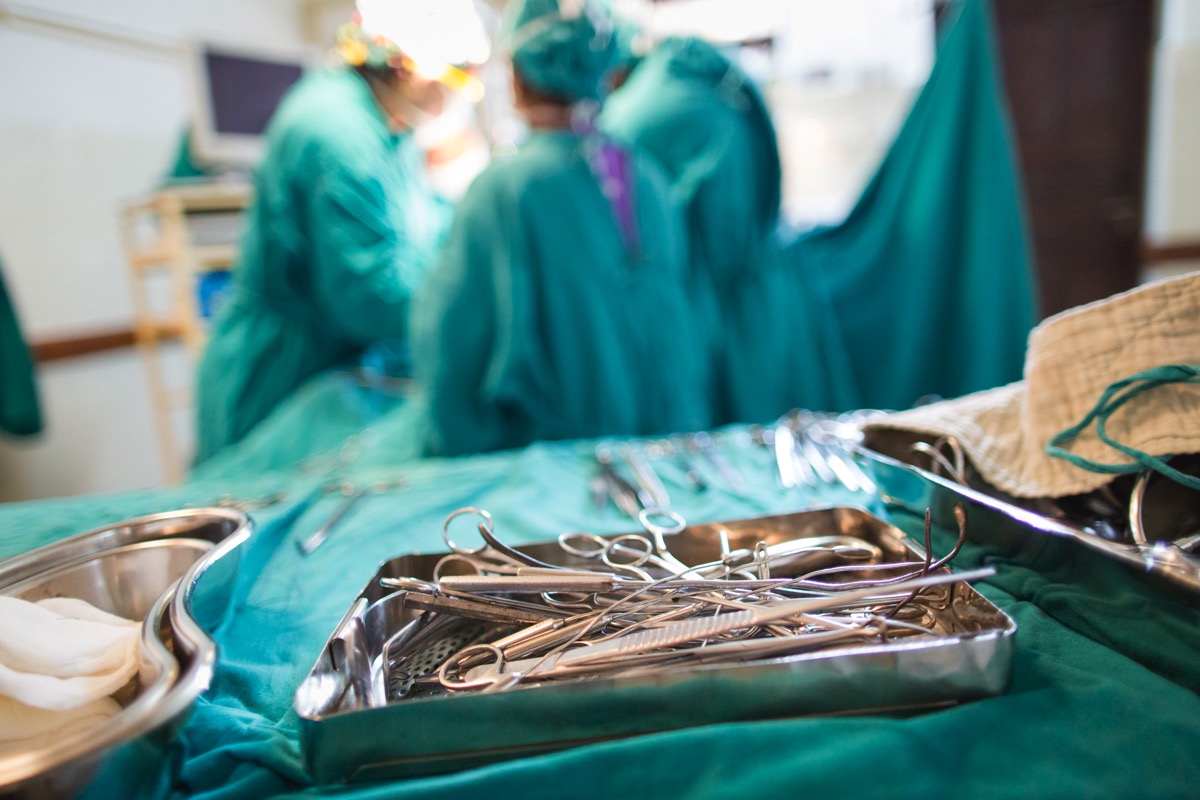
I remember watching young emergency medicine trainees. They seemed to be empowered, excited and thrilled by the unexpected and challenging; by a cardiac arrest, a drowning victim, a resuscitation. They were excited about the thrill – about the chance to be a superhero, to be MacGyver. Or at least that’s what I saw.
Surgeons seem to be thrilled by different aspects of medicine. A lot dream of being the saviour – fly in like superman and change a patient’s life. And there is no doubt that surgeons feel more comfortable being in control and holding the reins, or the scalpel. But the thrill of jumping into an out of control situation is not so common. I always thought that, as a group, we think “cool” is dealing with a disaster without panicking. Most surgeons would love to be the girl who, when blood is bouncing off their assistant’s mask and the anaesthetists are squeezing in fluid, calmly asks for the suture she needs and continues with her task. That sort of cool is being level-headed, even when bombarded by external stressors. Or maybe it’s just me who wants to be Hawkeye Pierce.
In Nepal, when we don’t have the back up of subspecialty surgeons and even ICU, the mundane become more challenging and the extreme cases become frankly disturbing.
In my own field of emergency general surgery in Australia, I would see an abdominal catastrophe (when everything goes wrong, usually associated with multiple operations) uncommonly. When those cases arose, we would use TPN (intravenous nutrition), advanced radiology, and stomal therapies. Here, many more of our cases are emergencies and many more start out malnourished Which means that complications are much more liekly. Dealing with these patients is characterised by perpetual worry, a feeling of dread. You are aware of the possibility of them dying days or weeks before it happens, and if they happen to pull through, you keep looking for the trick.
I have had two patients like this in the last few weeks and they nag at my mind constantly. I feel like my choices are predetermined and I know that the patient (and the healing body that God gave us) has a lot more to do with their recovery than I do. In fact, it seems like the only way to affect their outcome is to make a poor decision – the good decisions just keep them alive to fight another battle. The poor decisions actually prompt a deterioration.
The worry intensifies when it is a condition I don normally look after. In a Ivory Tower hospital, partial amputations and major trauma are probably exciting and a thrilling way for surgeons to use their vascular or orthopaedic skills. Here, the vascular trauma patient leads me to struggle through surgery, using half-remembered techniques. There’s no doubt when I learnt this stuff I thought I could probably do it if I had to. But I never really expected to.
The other hidden aspect of these crazy extreme cases, is they are emergencies, at the limit of what what we can do. They already have a low probability of success, which just compounds the emotional investment. Over the last year and a half, I have been involved in some crazy cases
- The 22 year old girl who incompletely amputated her right hand at the wrist. The orthopaedic surgeons and I decide to attempt to revascualrise the hand by repairing the radial and ulnar arteries (dorsal veins were intact). Failed, resulting in forearm amputation.
- The 18 year old boy who had a massive lower limb injury with multiple fractures, and vascular injury. Again with the orthopaedic doctors we fixed his fracture and repaired the femoral artery (by interposition graft). Successful vascular repair, but the boy has significant nerve injury, which means his leg function will be poor.
- The lady with blunt abdominal trauma and severe hypotension. At laparotomy, the expected solid organ injury was not present. I used extraperitoneal pelvic packing for the first time. The patient died the next morning, after being transfused all of our available blood in her type.
- The 35 year old lady with tuberculosis of the abdomen and small bowel obstruction. She was unable to absorb her TB medications and ended up having a doomed laparotomy, prone to recurrent complications due to her frozen peritoneum. She died after a month long struggle.
- Multiple cases of necrotising fasciitis, mostly related to delayed presentation, including the 70 year old man who survived an almost complete surgical flaying (extensive debridement) of his left leg, only to die of pneumonia two weeks later.
- And the 40 year old lady who had such extensive hand necrosis that she needed a forearm amputation, which my colleague and I reviewed in the textbook before performing. She recovered well, but now will likely have a difficult life – a post-fertile woman without her right hand, so unable to work.
- The laparotomy on a four day old with a bowel obstruction and Hirshprungs disease. I remember asking my colleague “Do you know what newborn colon is supposed to look like?” The baby recovered well.
Leave a Reply